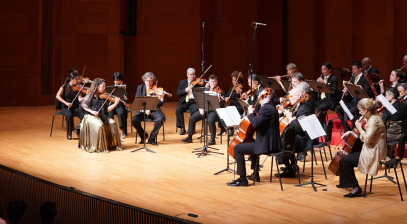Béla Bartók’s string quartet cycle is one of the most significant contributions to the genre in the last century, influencing many composers including György Ligeti and Benjamin Britten. Spanning his whole career as a composer, Bartók’s six string quartets represent his relentless endeavour to create a unique musical language that could express both his modernist and nationalist aspirations. In each string quartet, Bartók experimented with different strategies to syncretize the old with the new, the agrarian with the urban, the humorous with the ferocious, creating spectacular kaleidoscopes of competing musical forces. The progressive harmonic design of the First Quartet (1909) operates within the framework of conventional motivic development. The Prima parte and the Seconda parte of the Third Quartet (1927) present a juxtaposition of Schoenbergian chromaticism and Stravinskian primitivism. In the urgent and exciting Finale of the Fifth Quartet, Bartók plotted a grotesque scene by introducing a dissonant accompaniment to a diatonic tune.
This event is part of Takács’ Bartók: The Complete String Quartets
BARTÓK String Quartet No. 1
BARTÓK String Quartet No. 3
Intermission
BARTÓK String Quartet No. 5






